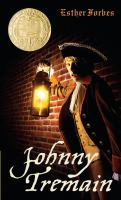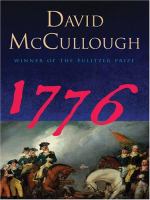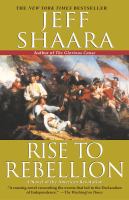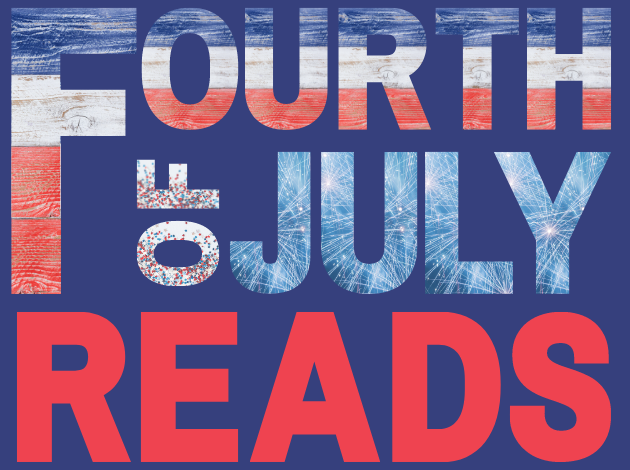
What’s Independence Day?
The United States’ Independence Day, also called the Fourth of July, is a US national holiday that commemorates the United States’ declaration of independence from Great Britain. Today, when we refer to the ‘Declaration of Independence,’ we generally refer to the physical document. In 1776, what was seen as important were the statements that the 13 former British colonies no longer considered themselves to be part of the British Empire, and they were joining together as one new, unified nation.
Click if you want to skip the history and jump to the book suggestions!
Path to the Declaration
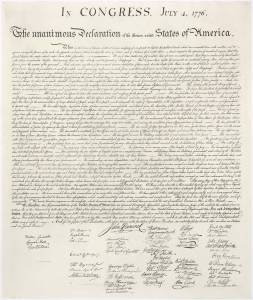
Conflict between colonial citizens and Great Britain had been ongoing for years. The colonies had their own governments and ran their own affairs, but they did not have representation in Britain’s Parliament. They also had to send money, goods, and taxes to the Crown. Many colonists were unhappy with this “taxation without representation.” Protests began, asking the British Crown to recognize the Colonies as self-governing entities which deserved representation in Parliament.
Those protesting called themselves “Patriots,” in contrast to “Loyalists” or “Tories.” Various events during this time escalated the conflict, including the Boston Massacre in 1770, at which Crispus Attucks was killed; the Boston Tea Party in 1773, when the Patriot group the Sons of Liberty destroyed about $2 million modern dollars’ worth of tea; and the closure of Boston Harbor by the British in early 1774, which massively disrupted trade in the Colonies.
Beginning of Congress
By September 1774, the Patriots had enough support to create the First Continental Congress. It began making a public case for the benefits of splitting from Great Britain and creating a new, independent nation that rejected monarchy and the aristocracy as the natural leaders and rulers. Instead, they would place more power in the hands of the common citizen, who would elect officials to represent them.
By the time the Declaration of Independence was written, armed conflict between the British and the Patriots had been going on for over a year—what we now call the Revolutionary War. On July 2, 1776, the Second Continental Congress met in Philadelphia, PA, and officially started the independence of the United States. It was ratified by Congress on July 4, 1776. The copy they used that day was later engrossed, that is, written up in formal calligraphy and printed for distribution. This final copy received its famous set of signatures on August 2, 1776. (The original non-calligraphy copy has been lost.)
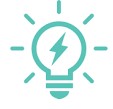 Local history facts: The Second Continental Congress stopped in Lancaster for a day in 1777, then settled in York, PA from September 30, 1777 to June 27, 1778. ♦ The Marquis de Lafayette broke up a plot to replace George Washington by offering a toast in the Gates Tavern in York. A statue of Lafayette is outside the building today. ♦ Among the 56 Signers of the Declaration are Philip Livingston and James Smith, who are both buried in York County, PA.
Local history facts: The Second Continental Congress stopped in Lancaster for a day in 1777, then settled in York, PA from September 30, 1777 to June 27, 1778. ♦ The Marquis de Lafayette broke up a plot to replace George Washington by offering a toast in the Gates Tavern in York. A statue of Lafayette is outside the building today. ♦ Among the 56 Signers of the Declaration are Philip Livingston and James Smith, who are both buried in York County, PA.
Read the Revolution!
Of course, we also have great books for all ages. Dig into the history of the American Revolution. Share the lives of people who were notable at the time, like the Founding Fathers, the Marquis de Lafayette, or Crispus Attucks. We’ve also included some books from minority and women’s perspectives to offer new viewpoints.
| Picture Books | |
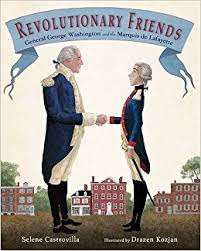 |
Independent Dames by Laurie Halse Anderson |
| Middle Grades Nonfiction | Middle Grades Fiction | ||
|
|
Black Heroes of the American Revolution by Burke Davis |
|
Nabby Adams’ Diary by Miriam Anne Bourne |
| Teens Nonfiction | Teens Fiction | ||
|
|
Women Heroes of the American Revolution by Susan Casey |
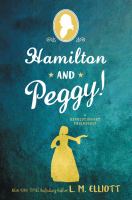 |
Chains by Laurie Halse Anderson |
| Adult Nonfiction | Adult Fiction | ||
|
|
A Brilliant Solution by Carol Berkin Adopted Son by David A. Clary Revolutionary Summer by Joseph Ellis Mr. and Mrs. Prince: How an Extraordinary Eighteenth-Century Family Moved Out of Slavery and Into Legend by Gretchen Gerzina The Declaration of Independence by Rod Gragg 1776 by David McCullough The First Conspiracy by Brad Meltzer The Revolutionary War by John M. Thompson A People’s History of the United States by Howard Zinn |
|
The Hornet’s Nest by Jimmy Carter The Fort by Bernard Cornwall America’s First Daughter by Stephanie Dray My Dear Hamilton by Stephanie Dray Drums Along the Mohawk by Walter D. Edmonds Hang a Thousand Trees with Ribbons by Ann Rinaldi Rise to Rebellion by Jeff Shaara |
Learn More!
Your YCL card gets you access to learning resources for all ages. Check out True Flix for books and companion videos for kids in middle and elementary school. And did you know there’s a Kid’s Catalog to help kids search through the thousands of books YCL offers?
As a YCL card member, you also get FREE access to:
- The Gale database devoted to U.S. History where you can find essays, articles, ebooks, and documents for free.
- Or explore the PA Digital collection of historical collections from libraries, museums, and other cultural institutions.
- You can also look into everyday life in PA during the Revolutionary Era in the PA Photos and Documents collection, which collects photos, newspaper clippings, and more.


